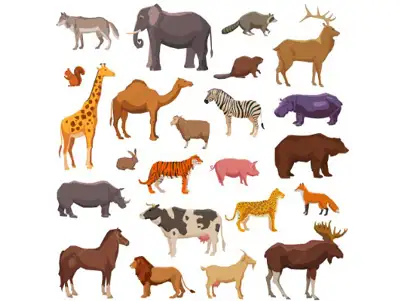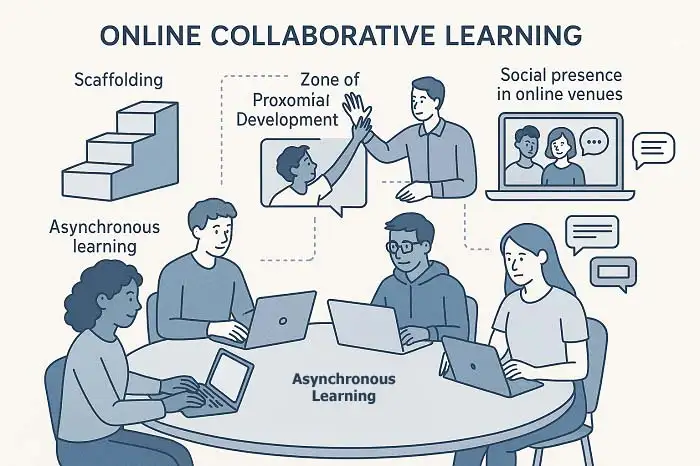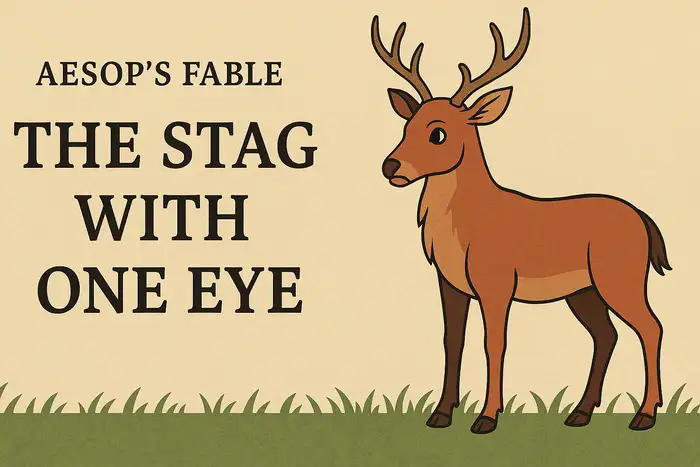IELTS Listening Practice Cannibalistic Animals IELTS Listening Practice Cannibalistic Animals About this activity This activity is labeled round table by Dr. Hariri, the creator and administrator of LELB Society. This activity is on the premise of Flipped Learning, according to which the students watch a video before the class, carry out research into the selected theme, and prepare themselves for an informed discussion in the class. This activity is on the basis of both synchronous and asynchronous computer-mediated communication (CMC), according to which the students are also encouraged to be active even before the class. In this flipped classroom activity, the students are encouraged to utilize the comment form at the bottom of the post to to exchange their questions, findings, and experiences with each ...
Home » Listening Practice in English » IELTS Listening Practice Cannibalistic Animals

IELTS Listening Practice Cannibalistic Animals
Updated: by Dr. Mohammad Hossein Hariri Asl
Time to Read: 5 minutes | 284 Views | 5 Comments on IELTS Listening Practice Cannibalistic Animals
Share This Post
About the Author
Dr. Mohammad Hossein Hariri Asl is an English and Persian instructor, educator, researcher, inventor, published author, blogger, SEO expert, website developer, entrepreneur, and the creator of LELB Society. He's got a PhD in TEFL (Teaching English as a Foreign Language).
Number of Posts: 4227



3. Which animals eat their own babies?
Cannibalism among animals, particularly the act of eating their own offspring, is more common than one might think and can occur for various survival reasons. For example, some rodents, like rats and hamsters, may eat their own young if they are stressed, perceive a threat, or if resources are scarce. Fish, such as the guppy, sometimes consume their fry due to overpopulation or lack of food. Even some bird species, like the African black eagle, may exhibit this behavior if one chick is significantly weaker than the others. Amphibians, like certain types of frogs, may also eat their tadpoles to conserve resources or reduce competition.
2. Under what circumstances do female long-tailed sun skinks feed on their own eggs?
1. Why do hamsters eat their babies?
Hamsters may eat their babies for several reasons, often linked to survival and environmental stressors. If a hamster mother feels threatened, stressed, or senses that her habitat is not safe, she might resort to cannibalism as a way to protect herself and the remaining offspring. Another reason could be a perceived lack of resources, such as food or space, prompting the mother to reduce the number of mouths to feed. Additionally, if a baby is sick, weak, or deformed, the mother might eat it to prevent it from becoming a burden on the rest of the litter. While this behavior seems harsh, it’s an instinctive reaction driven by the need to ensure the survival of the fittest.